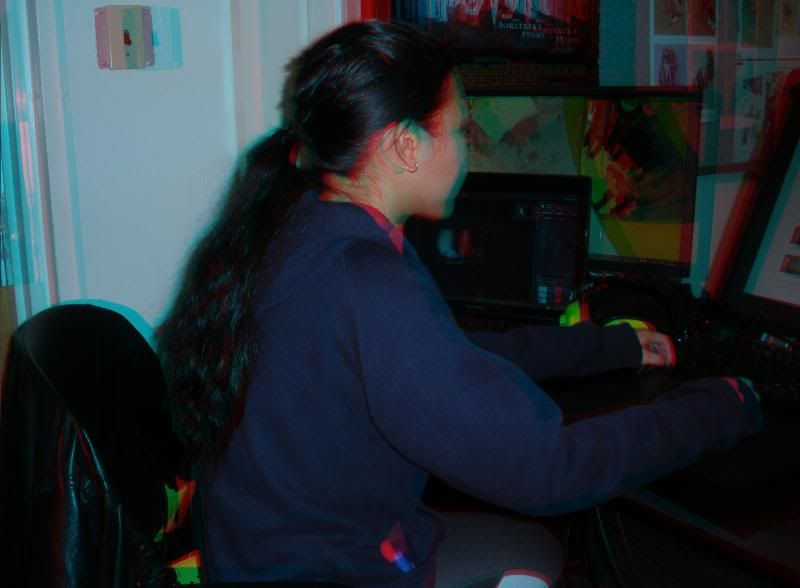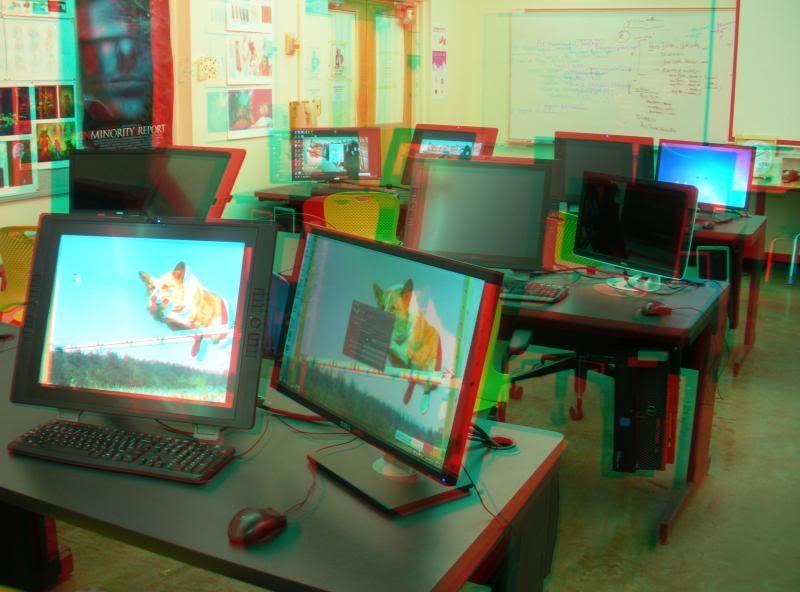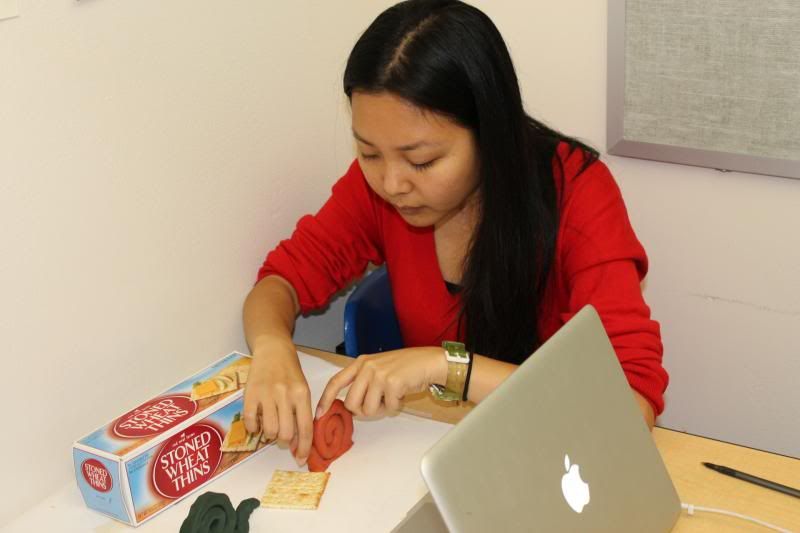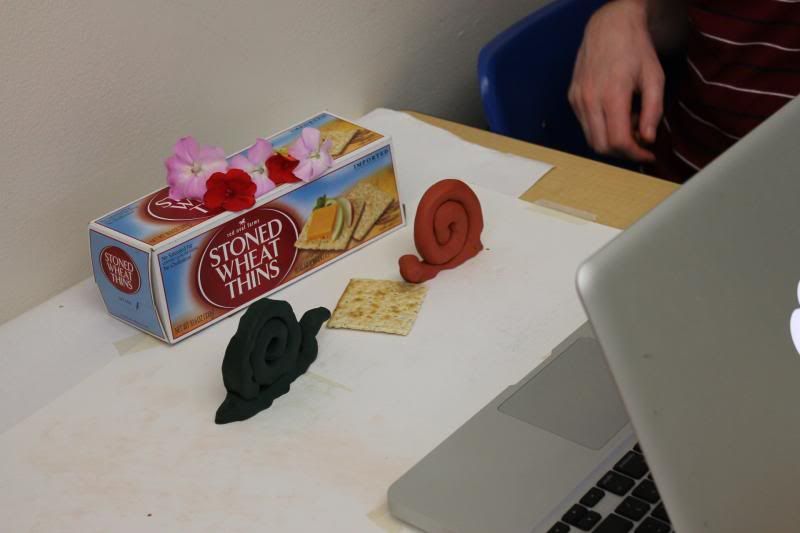The film industry has always been breaking or exaggerating the laws of physics in order to sell the movies and to appease the appetites of movie enthusiasts. Even though the broken laws of physics seems to appeal to the masses there are some films that break the laws of physics in such a way that the movie isn't as enjoyable as it potentially could be. In a few examples such as the bus jump from the movie
Speed, the 'jump and snatch' scene from
Fast and Furious 6, and the unrealistic jump from a moving aircraft that won't break a bone or two in
Live Free, Die Hard 6, the creative liberties have been taken to an extreme in order tot tell a compelling story, but sacrificing the laws of physics which is a crucial part of tying the characters to their respected worlds.
In the movie,
Speed, a "terrorist" is on the run from the cops and was presumed dead sometime after a confrontation until he resurfaces and wrecking havoc in the city of Los Angeles. The terrorist straps a bomb to a public transit bus and calls the cops about of his plan to blow up the people in the bus and the circumstance of the detonation, which is to go below 50pmh. As quickly as they could, the two main characters race against time to find the bomb and try to figure out how deactivate it and save the people on the bus. As the the two main characters drive the bus on a suspicious empty highway in the LA area, they realize that a section of the freeway was incomplete and contained a large gap. Rather than risking to break and detonate the bomb, the protagonists decided to jump the large gap and hopefully make it out alive. In the movie one of the main characters says that the gap is 50 feet long or 15 meters. Yet, the gap shown in one of the shots shows that the gap is much larger than stated. Also the way how the scene was filmed the bus looks as if it did jump way more than just 15m even though there were some changes in camera angles. The bus would have probably made the jump if it was 2/3rds of the size of the gap as stated by one of the characters. But visually, since the gap is much larger the bus would not make it across due to it's density and the speed of the vehicle is not enough to compensate the launch from the edge of the freeway and even with the invisible ramp.
Another example of broken physics of jumps happens in the movie
Fast and Furious 6. In one scene where Dominic saves Letty. As Letty is flung off a tank, Dominic jumps off from the hood of his car and catches Letty in midair then land safely on top another car, both of them unhurt. The windshield of the car they landed on only suffered cracks and apparently there wasn't enough force to break the glass, much less for them to land inside the car. In the scene where Dominic is thrown, he flies through the air fast and after catching Letty, they still manage to fly far and continue that momentum until impact. The speed at which the two were moving should have created more force to break the windshield rather than simply putting cracks in it. In the grand scheme of things, the action sequence might have skewed the physics, but the end result is that Dominic get's his old flame back, alive and well which is pleasing to the audience and gives a slight break from the fast pace action of the story about drag racers.
In a scene from
Live Free, Die Hard 6, the main character, John McClane, played by Bruce Willis, is holding onto the wings of an F35 for his life as the plane begins its crash course. In order to escape to safety he spots a freeway section that looked suitable for landing and jumps. As he launches himself from the plane's wing he lands on the collapsed freeway piece feet first then proceeds to slide down. Once on the ground he's able to quickly get up and run off. As the plane spins out of control, McClane makes the split second decision to jump, and when he does jump, the distance between is large, probably roughly the distance of a 3 story building. Since McClane is a larger, heavier subject as oppose to a child, he would have to have some sort of injury, like a broken bone, after hitting the ground since he weighs a lot more than someone who's smaller and lighter and the fact that gravity is pulling him down. In retrospect if the main character did manage to break something, the movie would have to change it's pacing as the character either struggles to finish out the tasks or end up getting killed, which would be unfortunate since the movie would have had to end earlier than anticipated.
In order to keep the viewers interested in the movie, especially those of a fast pace, action film the laws of physics are usually broken if not stretched to the limit. In this case the physics of jumping is broken to either make a scene interesting or to move the story forward. In the case with the movie
Speed, the bus jumping scene was incorporated as part of a subplot to move the story along as well as to give the audience a sense of anticipation and urgency to find the antagonist. Same with the
Fast & Furious catch scene where in this moment the subplot melds into the main plot of stopping an organization, with the more important goal for the main character is saving his former girlfriend. And finally in the last film,
Live Free Die Hard, the scene was put in as a aesthetic trait of the character, being this sort of macho, indestructible guy on a survival mission.





